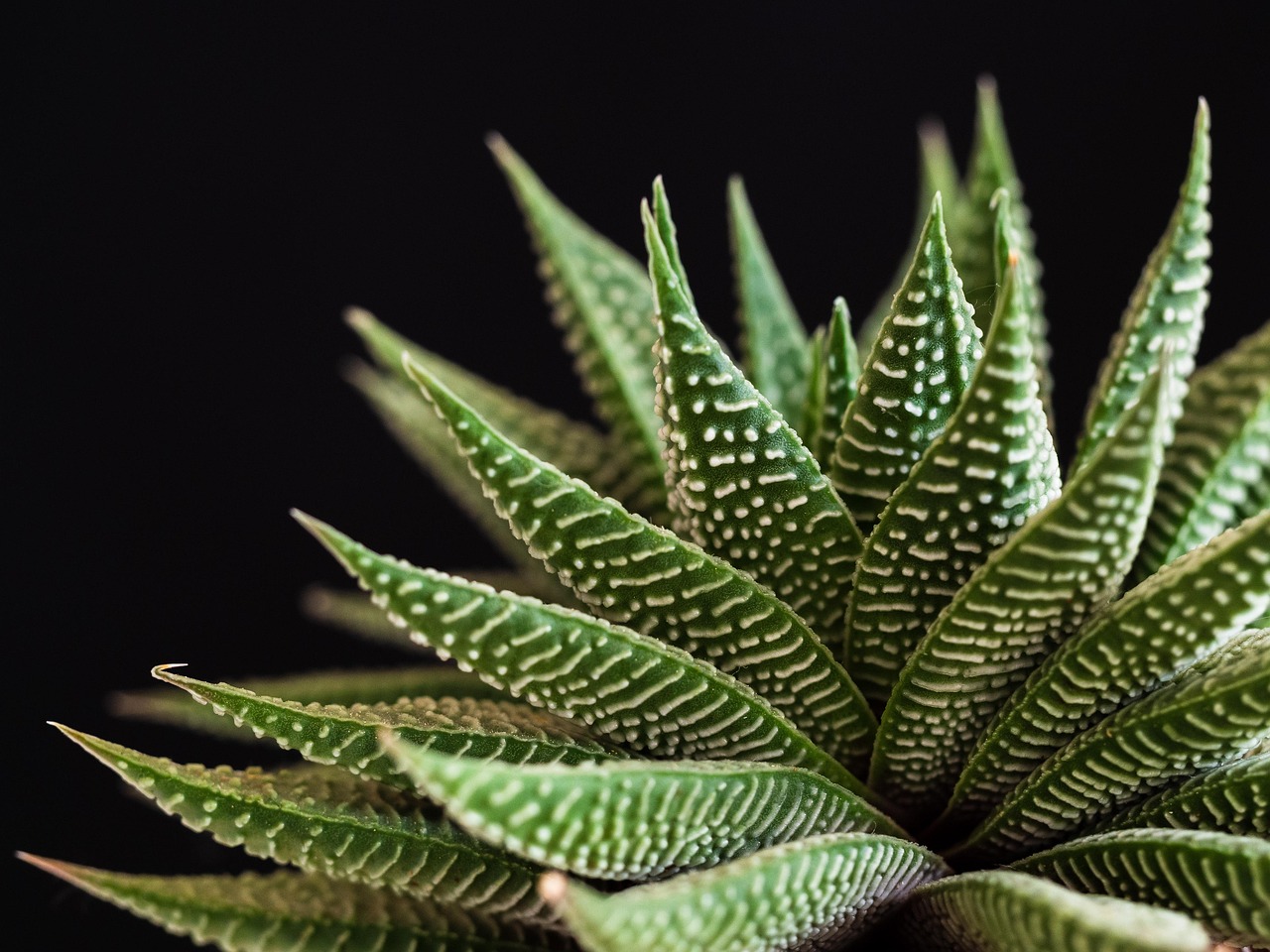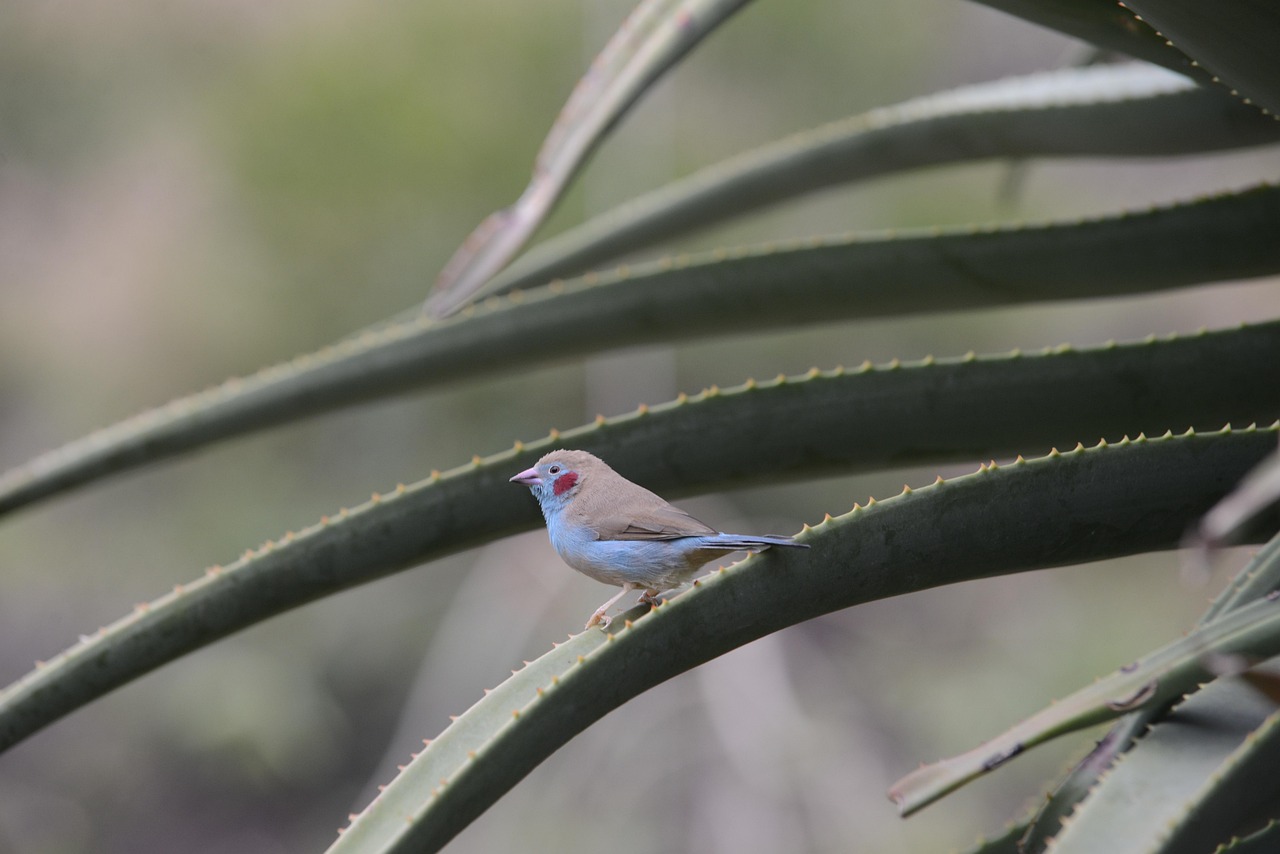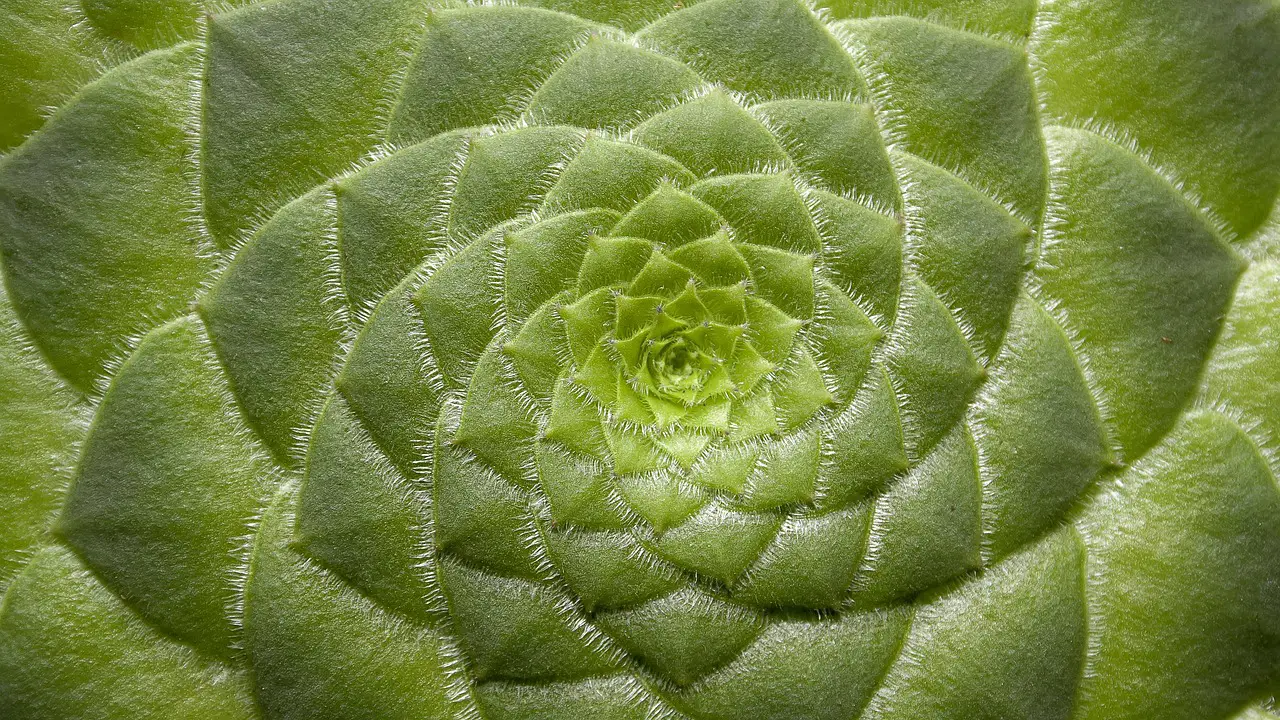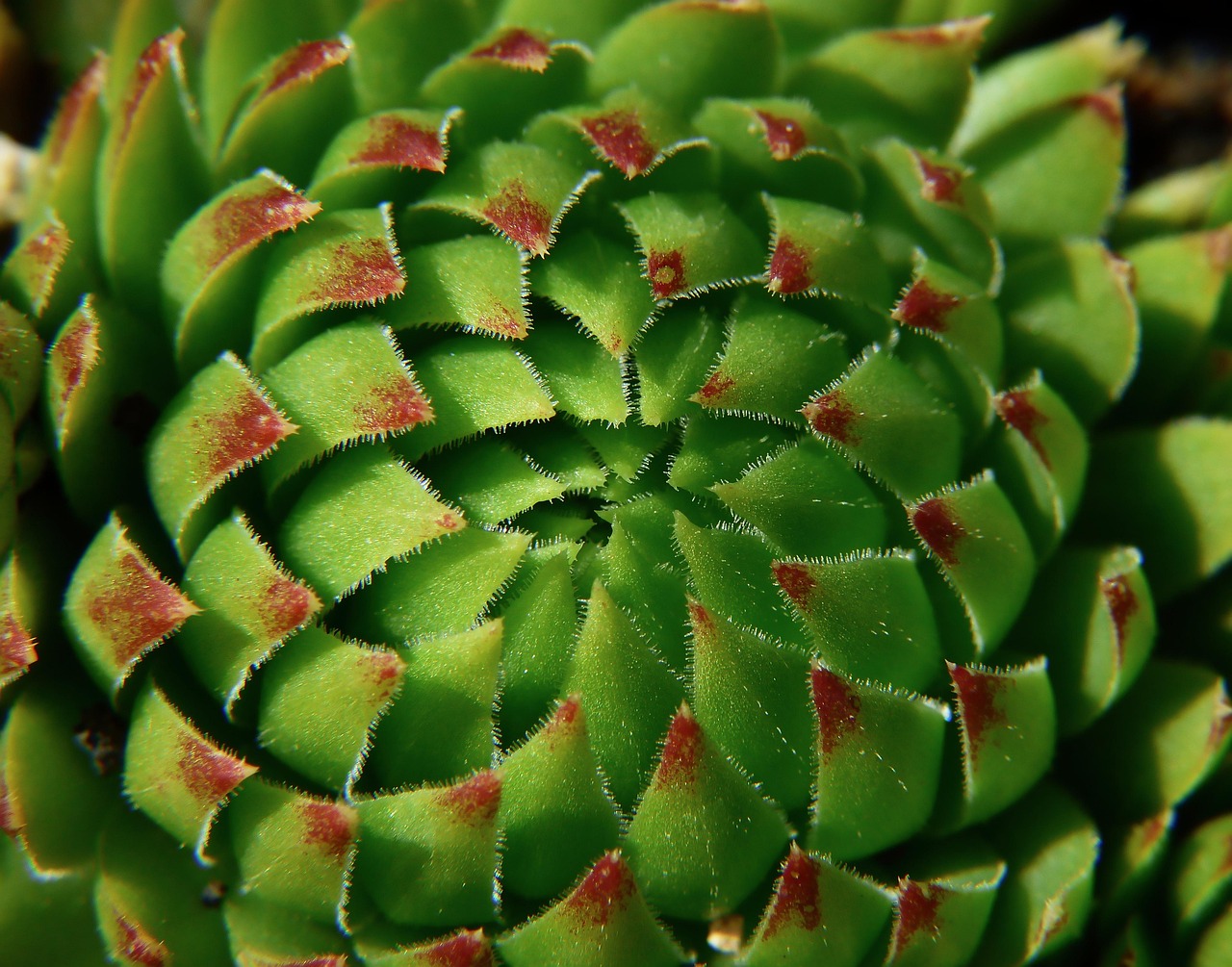Transforming your succulents can be a rewarding experience. With the right techniques and hacks, you can enhance their growth, health, and beauty. This article will guide you through effective strategies to ensure your succulents thrive.
Succulents are popular houseplants known for their unique shapes and vibrant colors. They store water in their leaves, stems, or roots, making them ideal for low-maintenance gardening. However, many succulent owners struggle with keeping their plants healthy and thriving. By implementing specific hacks, you can improve the care of your succulents significantly.

| Fact | Description |
|---|---|
| Watering Frequency | Succulents require less frequent watering compared to other plants. Water them only when the soil is completely dry. |
| Soil Type | Use well-draining soil. A blend specifically designed for succulents ensures proper drainage and aeration. |
| Light Requirements | Most succulents prefer bright, indirect sunlight. Direct sunlight can scorch their leaves. |
| Fertilization | Use a diluted, balanced fertilizer during the growing season to promote healthy growth. |
| Pest Management | Check regularly for pests like mealybugs and aphids. Treat infestations promptly with insecticidal soap. |
Understanding Succulent Needs
To transform your succulents effectively, it is essential to understand their specific needs. Each species may have its own requirements, but there are general principles that apply to most succulents. Knowing these principles will help you create the right environment for your plants.
Light and Temperature
Light plays a crucial role in the health of succulents. They thrive in bright environments, often needing around six hours of indirect sunlight daily. If your succulents are indoors, placing them near a south-facing window is ideal. However, be cautious with direct sun exposure, as it can lead to sunburn on the leaves.
Temperature also affects their growth. Succulents generally thrive in temperatures ranging from 60°F to 80°F (15°C to 27°C). During winter, they can tolerate cooler temperatures but should not be exposed to frost. Keeping them in a stable environment helps prevent stress and encourages growth.
Watering Techniques
The most common mistake succulent owners make is over-watering. Succulents prefer dry conditions, so it is important to let the soil dry completely between waterings. A good rule of thumb is to water every two to three weeks during growing seasons and reduce frequency in winter.
When watering your succulents, provide enough water until it drains out of the bottom of the pot. This ensures that the roots receive adequate moisture without sitting in waterlogged soil. Using pots with drainage holes helps prevent root rot.
Soil Selection
A well-draining soil mix is vital for succulent health. Regular potting soil retains too much moisture, which can harm succulents. Instead, consider using a cactus mix or creating your own blend by mixing potting soil with perlite or sand. This enhances drainage and promotes healthy root development.
Choosing the right container can also impact drainage. Ensure that pots have drainage holes to allow excess water to escape easily. Terracotta pots are an excellent choice as they absorb moisture and help keep the soil dry.
Fertilization Strategies
To ensure your succulents flourish, proper fertilization is key. While succulents do not need frequent feeding, using the right type of fertilizer during the growing season can enhance their growth and vibrancy. Understanding when and how to fertilize will greatly benefit your plants.
Choosing the Right Fertilizer
When selecting a fertilizer for your succulents, look for a balanced, water-soluble option. A diluted fertilizer with a ratio of 10-10-10 or 20-20-20 is ideal. These numbers represent the percentages of nitrogen, phosphorus, and potassium, which are essential for plant health.
Using a succulent-specific fertilizer can also be beneficial. These products are formulated to meet the unique needs of succulents and cacti, providing them with the nutrients they require without the risk of over-fertilization.
Feeding Schedule
The best time to fertilize your succulents is during their active growing season, which typically spans from spring to early autumn. Here’s a simple feeding schedule:
- Start fertilizing in early spring as new growth begins.
- Apply fertilizer every four to six weeks during the growing season.
- Stop fertilizing in late autumn as the plants enter dormancy.
Always dilute the fertilizer to half strength before applying. This prevents burning the delicate roots of your succulents.
Propagation Techniques

Propagation is an excellent way to expand your succulent collection while ensuring you have healthy plants. There are several methods to propagate succulents, each suited for different types of species. Here are some popular techniques:
Leaf Cuttings
Leaf cutting is among the simplest propagation methods for many succulents. Follow these steps:
- Select a healthy leaf from the parent plant.
- Gently twist or cut the leaf from the stem.
- Allow the leaf to callous over for a few days in a dry area to prevent rot.
- Place the leaf on well-draining soil and mist lightly.
- Keep the soil moist but not wet until roots develop.
Stem Cuttings
Stem cuttings can also be used for propagation. This method is effective for species like Echeveria or Jade Plants:
- Cut a healthy stem from the parent plant using sterile scissors.
- Remove any lower leaves from the cutting.
- Let the cutting dry and callous for a few days.
- Plant it in well-draining soil and water sparingly until roots establish.
Offsets and Pups
Some succulents produce offsets or pups that can be separated and replanted. This method is particularly effective for plants like Haworthia and Aloe:
- Gently remove the parent plant from its pot.
- Locate the offsets or pups at the base.
- Carefully separate them from the main plant using clean scissors.
- Replant each offset in its own pot with appropriate soil.
Each propagation method offers a unique way to expand your succulent collection while enjoying the process of nurturing new plants.
Pest Prevention and Management

Maintaining healthy succulents means being vigilant about pest management. Common pests like mealybugs, aphids, and spider mites can threaten your plants. Recognizing signs of infestations early will help you take action promptly.
Identifying Common Pests
- Mealybugs: White, cotton-like masses on leaves or stems.
- Aphids: Small, green or black insects that suck sap from leaves.
- Spider Mites: Tiny red or brown spots on leaves and fine webbing.
Treatment Options
If you notice pests on your succulents, consider these treatment options:
- Insecticidal Soap: Apply a diluted solution directly to affected areas, ensuring coverage on both sides of leaves.
- Neem Oil: A natural pesticide that can repel pests while being safe for plants.
- Manual Removal: For minor infestations, gently wipe pests off with a cotton swab dipped in alcohol.
Regularly inspecting your plants will help catch any issues before they escalate. Keeping your succulents healthy through preventive measures will ensure they thrive.
Seasonal Care for Succulents

Understanding the seasonal needs of your succulents is essential for their growth and longevity. Each season brings its unique challenges and opportunities for your plants. By adjusting your care routine according to the seasons, you can ensure your succulents thrive year-round.
Spring Care
Spring marks the beginning of the growing season for succulents. During this time, they emerge from dormancy and begin to grow actively. Here are some tips for spring care:
- Increase Watering: As temperatures rise, it is crucial to increase your watering frequency. Ensure the soil dries out completely between waterings.
- Fertilization: Start fertilizing with a balanced fertilizer as new growth appears. This will provide necessary nutrients.
- Repotting: Consider repotting any succulents that have outgrown their pots. Use a fresh, well-draining soil mix to promote healthy root development.
Summer Care
Summer can be challenging due to higher temperatures. Succulents often require more attention during this season:
- Monitor Watering: Hot weather may necessitate more frequent watering. Check the soil regularly and adjust your schedule as needed.
- Light Adjustment: Provide adequate shade during the hottest parts of the day to prevent sunburn, especially for newly acquired succulents.
- Pest Vigilance: Keep a close eye on pests, as they tend to thrive in warmer conditions. Regular inspections will help catch problems early.
Autumn Care
As temperatures begin to drop, succulents prepare for dormancy. Adjusting care during this transition is crucial:
- Reduce Watering: Start reducing watering frequency as the days get shorter. Many succulents require less water during this time.
- Stop Fertilizing: Cease fertilization by late autumn. This allows plants to enter dormancy without additional stress.
- Indoor Transition: If you keep your succulents outdoors, consider bringing them indoors before frost sets in.
Winter Care
Winter is a dormant period for many succulent species. They need minimal care during this time:
- Maintain Minimal Watering: Water sparingly, only when the soil is completely dry. Overwatering can lead to root rot in cold conditions.
- Provide Adequate Light: Ensure your succulents receive enough light during winter months. Consider using grow lights if natural sunlight is insufficient.
- Temperature Control: Keep indoor succulents in a warm room away from drafts or heating vents that can dry them out.
Creative Display Ideas
Transforming your succulents also involves how you display them. Creative arrangements can enhance their beauty and make them a focal point in your home. Here are some inspiring ideas for displaying your succulents:
Terrariums
Terrariums are a trendy way to showcase succulents in a contained environment. Here’s how to create one:
- Select a clear glass container, such as a jar or vase.
- Add a layer of small stones for drainage at the bottom.
- Add a layer of activated charcoal to prevent odors.
- Top with well-draining soil suitable for succulents.
- Arrange your succulents creatively within the container.
Potted Arrangements
Create visually appealing potted arrangements by mixing different types of succulents. Consider these tips:
- Diverse Textures: Combine succulents with varying shapes and textures for an interesting look.
- Color Coordination: Choose plants with complementary colors to enhance visual appeal.
- Layering Heights: Arrange taller succulents at the back and shorter ones at the front for depth.
Wall Art
Sculptural wall displays can bring life to any space. Use the following methods to create stunning wall art:
- Select a sturdy frame or wooden board.
- Add a layer of landscape fabric or mesh to hold soil.
- Add small pots or pockets for individual succulents.
- Choose plants that thrive in vertical environments and arrange them creatively.
These creative display ideas not only beautify your space but also provide an engaging way to care for and appreciate your succulents.
Common Mistakes to Avoid
While caring for succulents can be enjoyable, there are common pitfalls that many plant owners encounter. Avoiding these mistakes will help ensure your plants remain healthy and vibrant.
Overwatering
One of the biggest mistakes is overwatering. Many succulent owners mistakenly believe that these plants need frequent watering.
- Solution: Always check the soil moisture before watering. Use your finger to test the soil depth; if it feels dry, it’s time to water.
Inadequate Drainage
Using pots without drainage holes can lead to water accumulating at the bottom, causing root rot.
- Solution: Always choose pots with drainage holes. This allows excess water to escape, preventing waterlogging.
Ignoring Temperature and Light Requirements
Succulents thrive in specific temperature and light conditions. Ignoring these needs can lead to stunted growth or damage.
- Solution: Research the specific light and temperature requirements for your succulent species. Adjust their placement accordingly.
Seasonal Decorations with Succulents
Succulents are versatile plants that can be incorporated into seasonal decor. Their unique shapes and colors make them perfect for various occasions and celebrations.
Spring Arrangements
Spring is a time of renewal. Create lively arrangements using pastel-colored succulents in decorative pots or baskets. Consider adding Easter elements like eggs or small figurines for festive decor.
Summer Centerpieces
For summer gatherings, use succulents in vibrant, colorful pots as centerpieces. Pair them with beach-themed decorations, such as shells or sand, for a refreshing look.
Autumn Displays
As the leaves change color, incorporate succulents into your fall decor. Use earthy tones and combine them with pumpkins or gourds for a cozy autumn display.
Winter Decor
During winter, succulents can brighten up your home. Create arrangements with white or silver pots, and consider pairing them with festive decorations like ornaments or fairy lights for a holiday touch.
Final Thoughts
Caring for succulents can be a fulfilling journey filled with creativity and growth. By understanding their specific needs, you can transform your succulents into thriving displays that enhance your living space. Remember to pay attention to watering, soil selection, light conditions, and seasonal changes to keep your plants happy.
Utilizing propagation techniques and being aware of common mistakes will also help you cultivate a lush collection of succulents. Incorporate creative display ideas to showcase your plants in unique ways, making them a focal point in any room.
With these thriving plant hacks, you are well-equipped to nurture your succulents successfully. Embrace the journey of succulent care, and enjoy the beauty they bring into your life.
